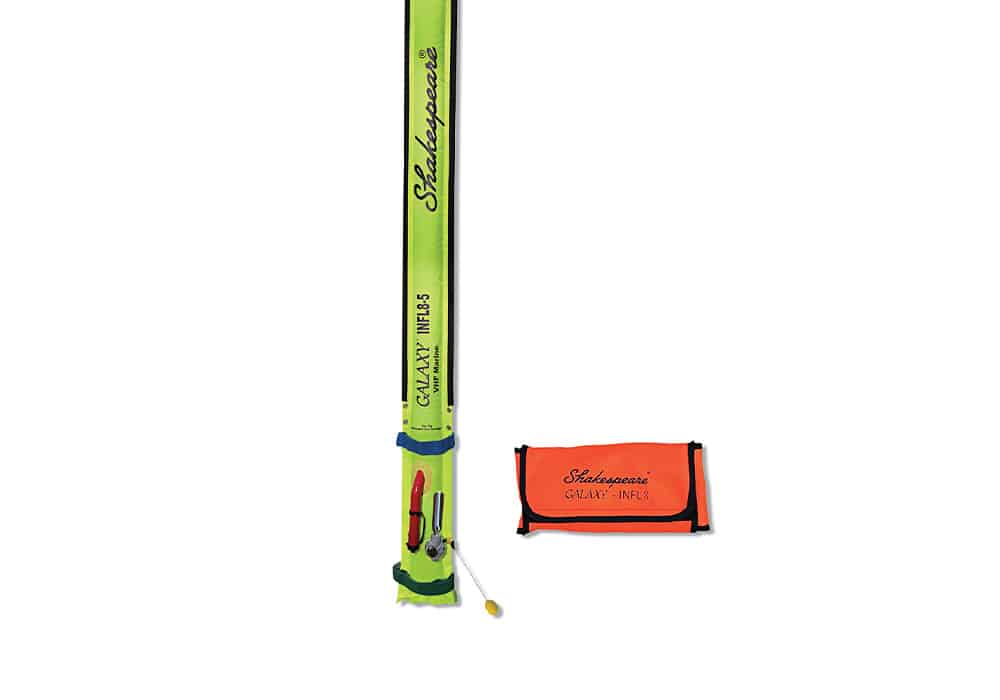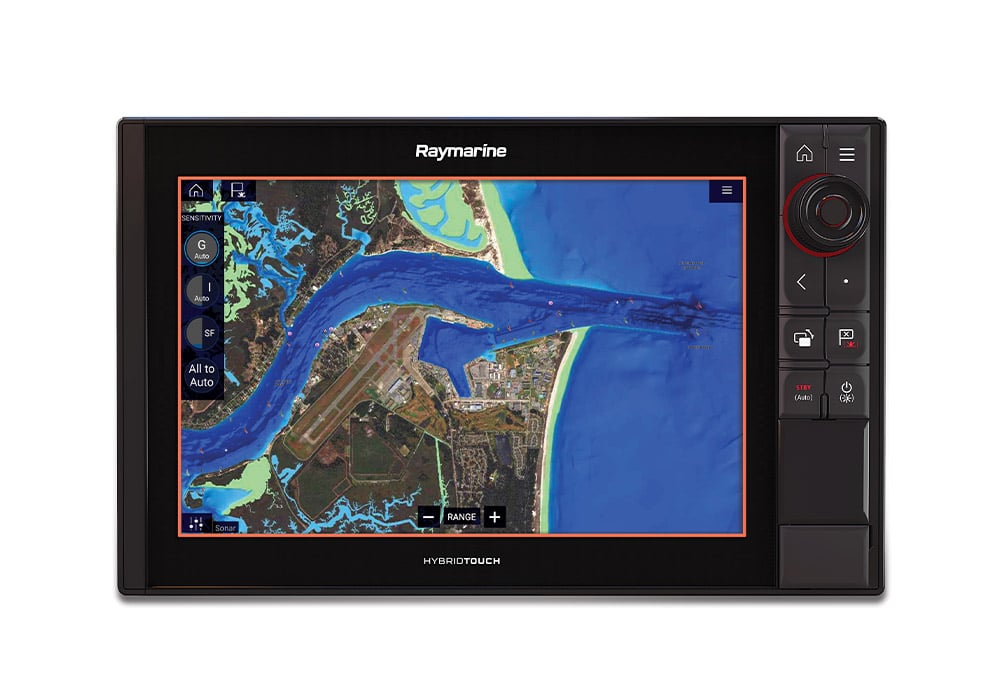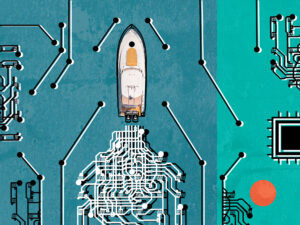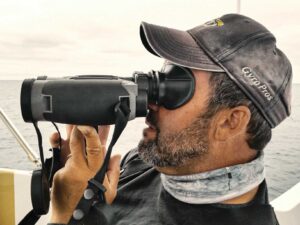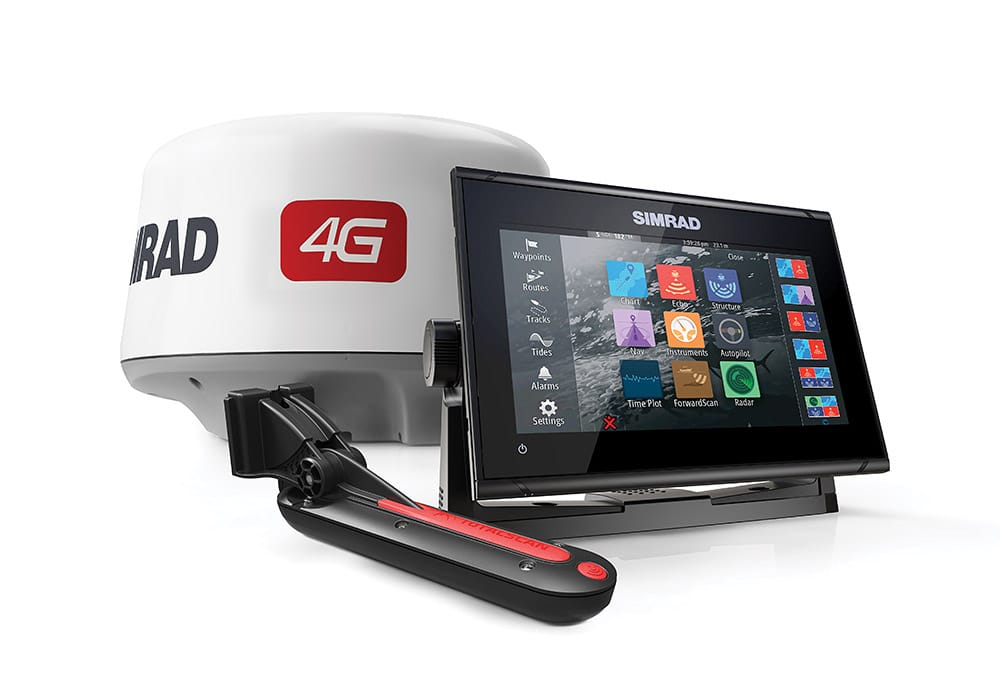
I am not an early adopter. My reticence to upgrade to the latest technology goes way back and stems from familiarity with my existing electronics. I’ve invested the time to learn how to use the equipment, I feel comfortable with it, and it works fine. Why switch? At least, that’s my train of thought.
It took me years to accept that GPS would work just as well, if not better, than loran-C. Of course, the Coast Guard eventually disabled loran-C in 2010, so I had to switch anyway.
Recently, I hesitated to accept touchscreen technology. Wet, slimy fisherman fingers don’t seem to go well with a high-resolution color display. But I made the switch. Now I’m tapping and swiping, and would never go back to push-button controls.
Time to Switch?
When is the best time to switch to new electronics? Electronics evolve rapidly. Sometimes these are little advances; other times they represent major breakthroughs, such as Doppler radar or real-time scanning sonar that rivals ultrasound images from the medical field.
If you purchased new equipment every time an advance occurs, you’d be in a perpetual state of refit, an out-of-control early adopter. Eventually, however, you will want to take advantage of advances that allow you to find more fish and navigate with greater safety and convenience. Here is how and when you can make the move.
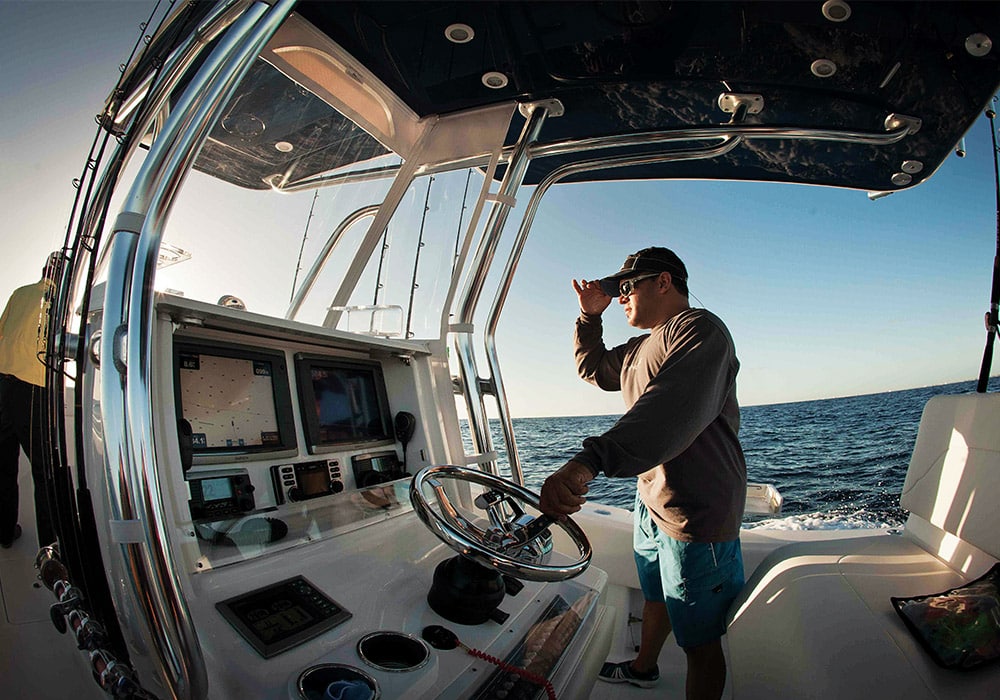
New Software
Not all advances come in the form of new equipment. The major brands offer multifunction displays designed to accept software upgrades issued by the manufacturer.
Some add features. A recent software upgrade for Lowrance HDS includes Genesis Live, which lets you create detailed bottom mapping in real time.
Other MFD upgrades ensure network compatibility, such as new radar or electronic charts. Garmin, for instance, is issuing a software upgrade that lets its MFDs read the high-res relief shading on its BlueChart g3 Vision charts.
There might be one or two new software upgrades offered each year for major brands, with most revisions free. If your MFD has Wi-Fi capability, you can download new software via the internet directly to the machine. Some units might require that you first download the software to an SD card, then upload to the MFD.
Bear in mind that the operating menu might appear a bit different when you’re done, so some upgrades include a minor learning curve.
Touchy Subject
As mentioned, touchscreens are faster and easier to use than old-fashioned push-button systems. The old fears about using wet hands on a touchscreen seem irrelevant now. If you don’t have a touchscreen MFD, it’s probably time for an upgrade.Not only are touchscreens convenient, they also speed up access to features, and that translates to more safety. With less time pressing buttons, you pay more attention to piloting the boat. I liken all of this to the difference between a flip phone and a smartphone. Once you get a smartphone, you’ll never go back to a flip phone (if you can even find one). The same applies to touchscreen versus push-button technology.
Repairs? Forget About It
What happens if an old piece of electronics breaks down? It’s about the same as if your flat-screen TV goes on the blink. No one repairs a broken TV anymore. They get a new one, and almost always an upgrade.
Forget about sending a broken piece of marine electronics in for repair. Such a legacy model might be repairable, but why waste money on old technology?
Even a non-early adopter like me has to acquiesce to upgrading when an old unit goes kaput. In my experience, learning the operating system behind the new model is fast and easy. I always like the new unit more than the old.
Seven and Gone
Technology advances so quickly that seven years is the equivalent to 25 years of old-school electronics. In the last seven years, for example, anglers have seen the refinement of touchscreen MFDs, chirp sonar, side-scanning sonar, 3D sonar, auto-routing, auto-charting, solid-state radar, Wi-Fi connectivity, plug-and-play system integration, and much more.
So, if your electronics are more than seven years old, it’s time to upgrade. Availing yourself of new technology will make you a more proficient captain and let you find more fish.
Competitive Edge
If leading anglers in your area are using more advanced marine electronics than you currently own, you need to upgrade.
I resisted chirp sonar for a number of seasons, sticking with my conventional 50/200 kHz fish finder. Then I talked to one of the local hotshots, who was using a chirp fish finder to locate schools of tuna and score big. I took one look in his fish box after a day offshore and suddenly knew that I needed to upgrade to chirp.
The upgrade paid off during the next season when I too found the tuna. Now I will never go back to the old fish finder.
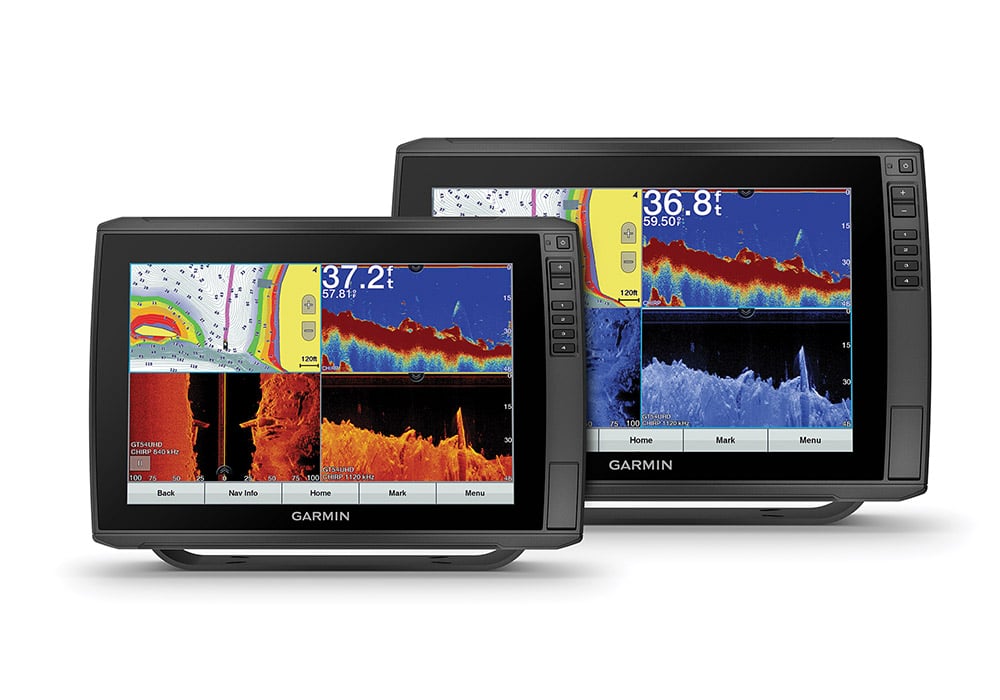
New Boat, New Electronics
Resist the temptation to move old electronics to a new boat. Work with your boat dealer or marine electronics installer to make sure you have state-of-the-art electronics on your new ride.
What’s more, today you can network your electronics with the propulsion and other systems—not always possible with older electronics. No matter what brand you choose, you’ll be much happier and more successful with the latest and greatest.
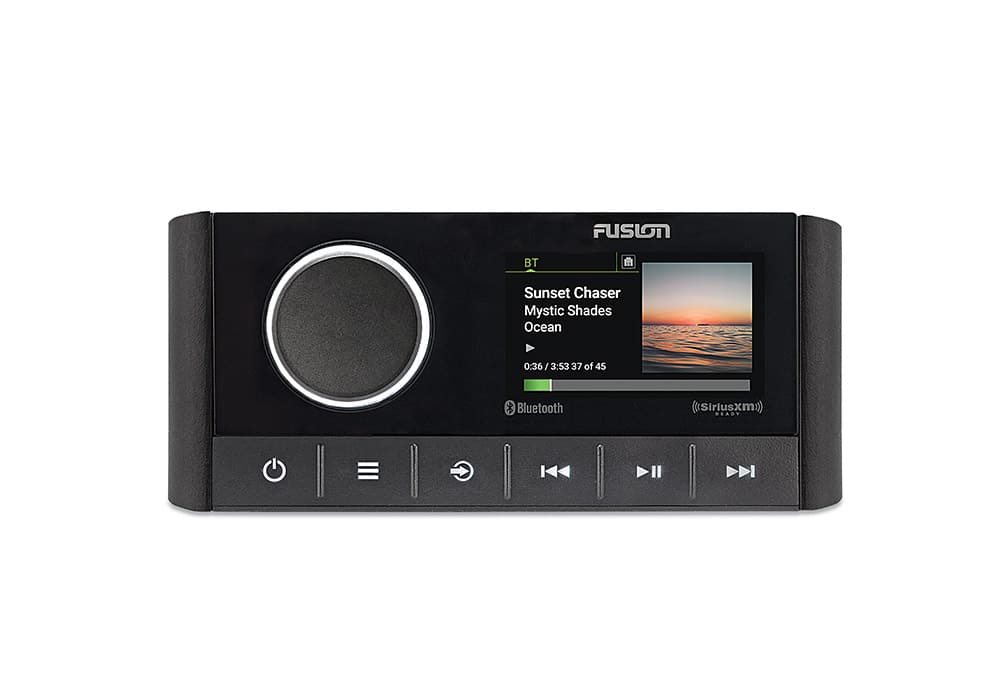
New Electronics
